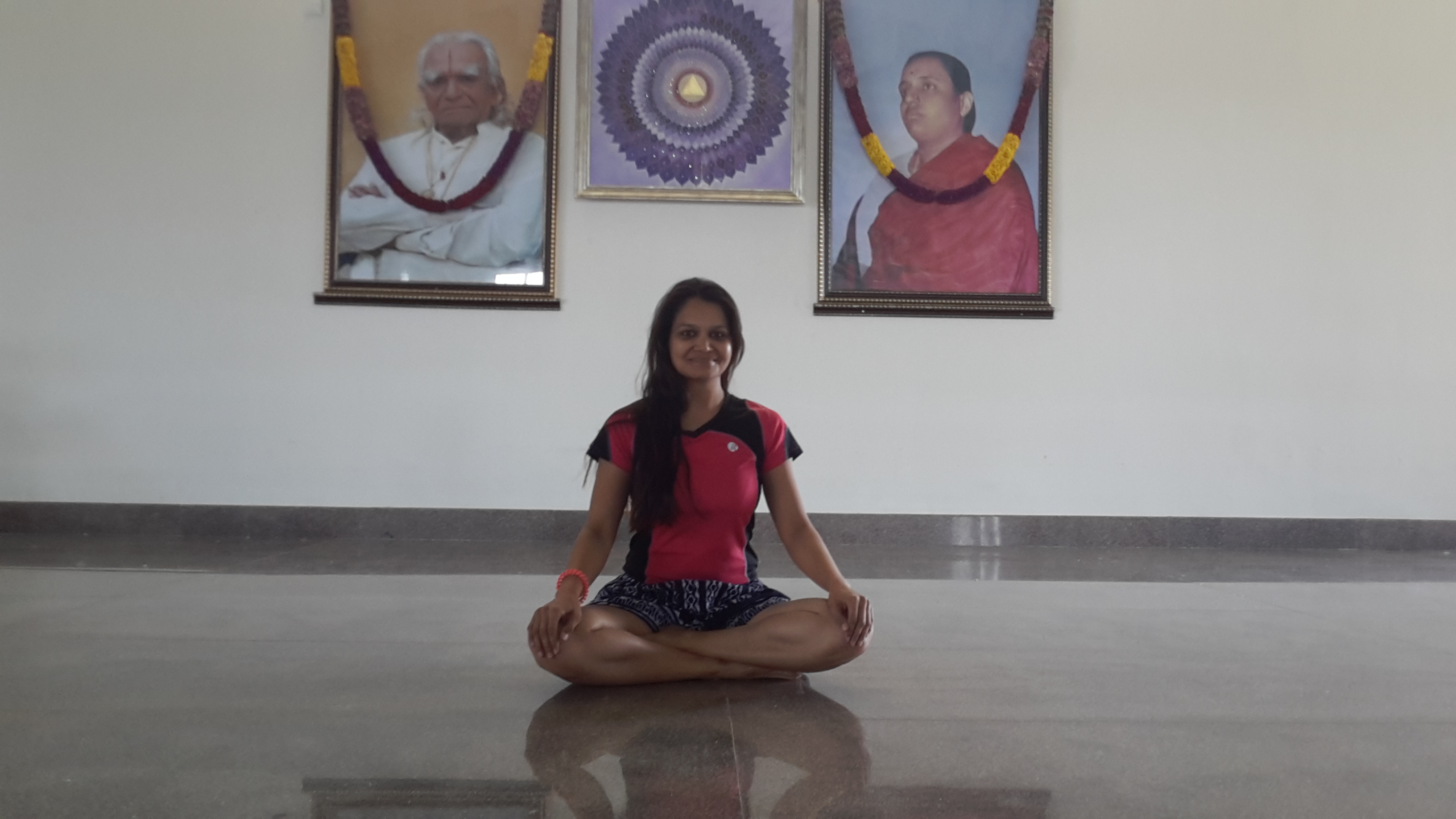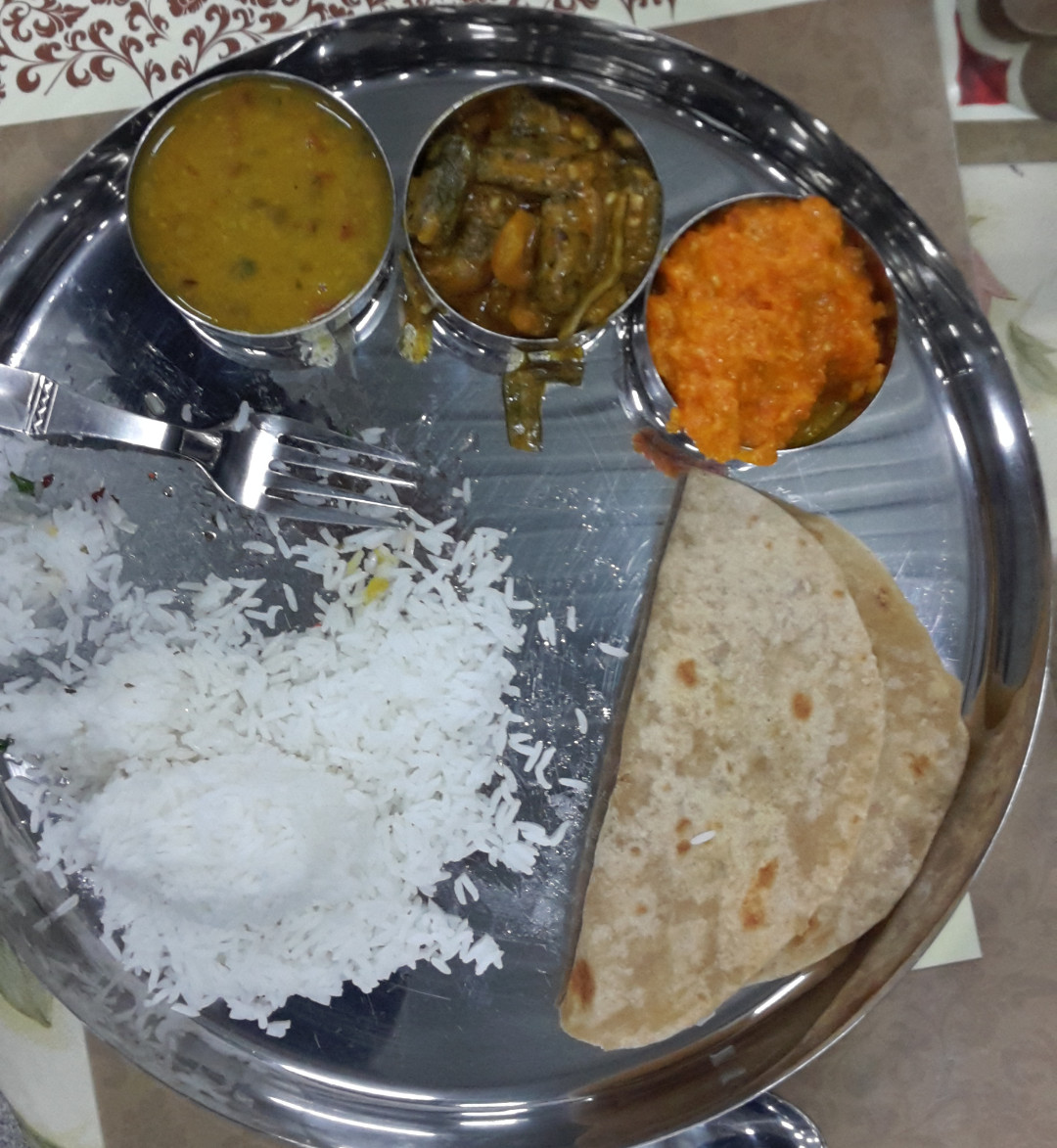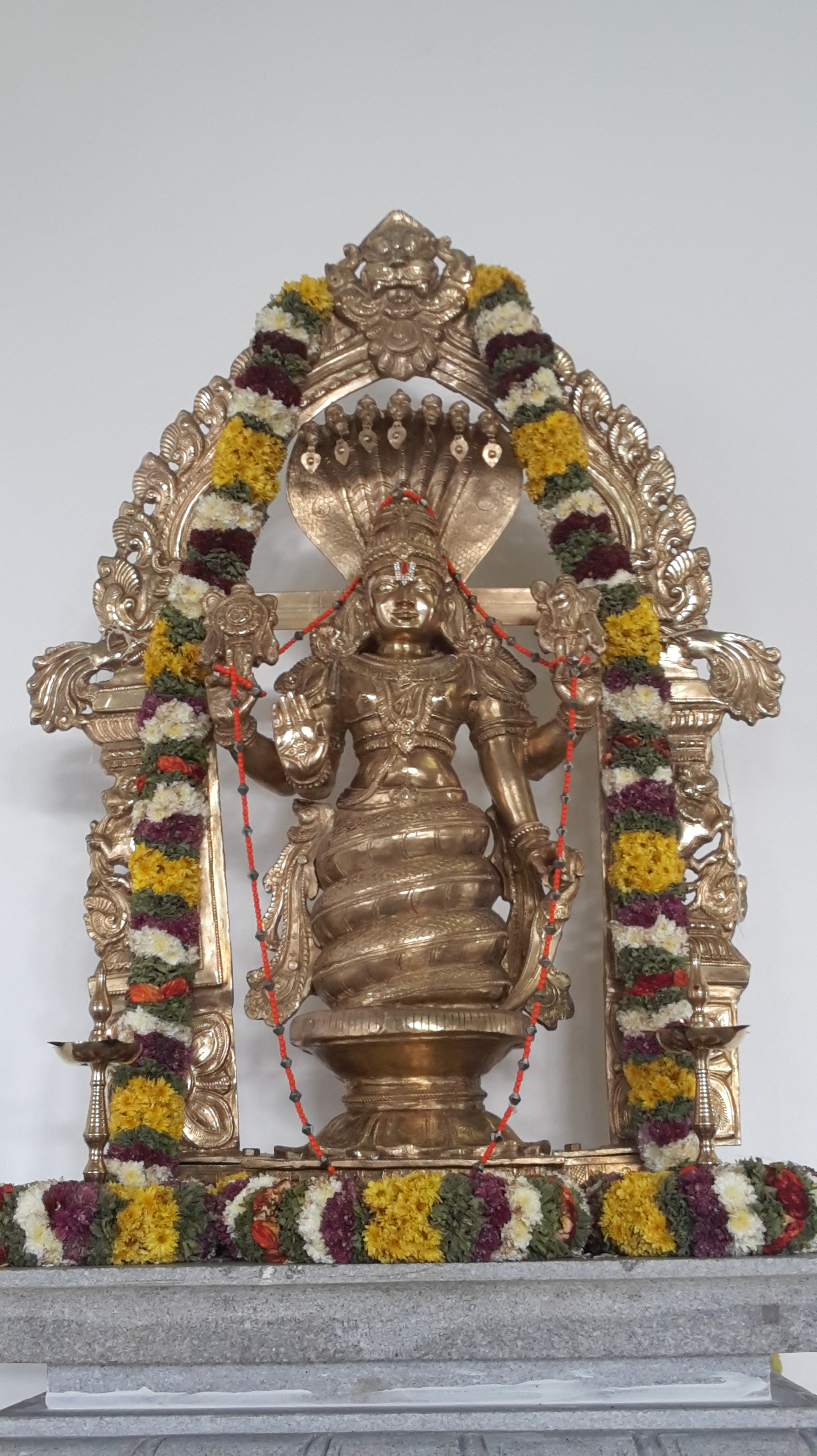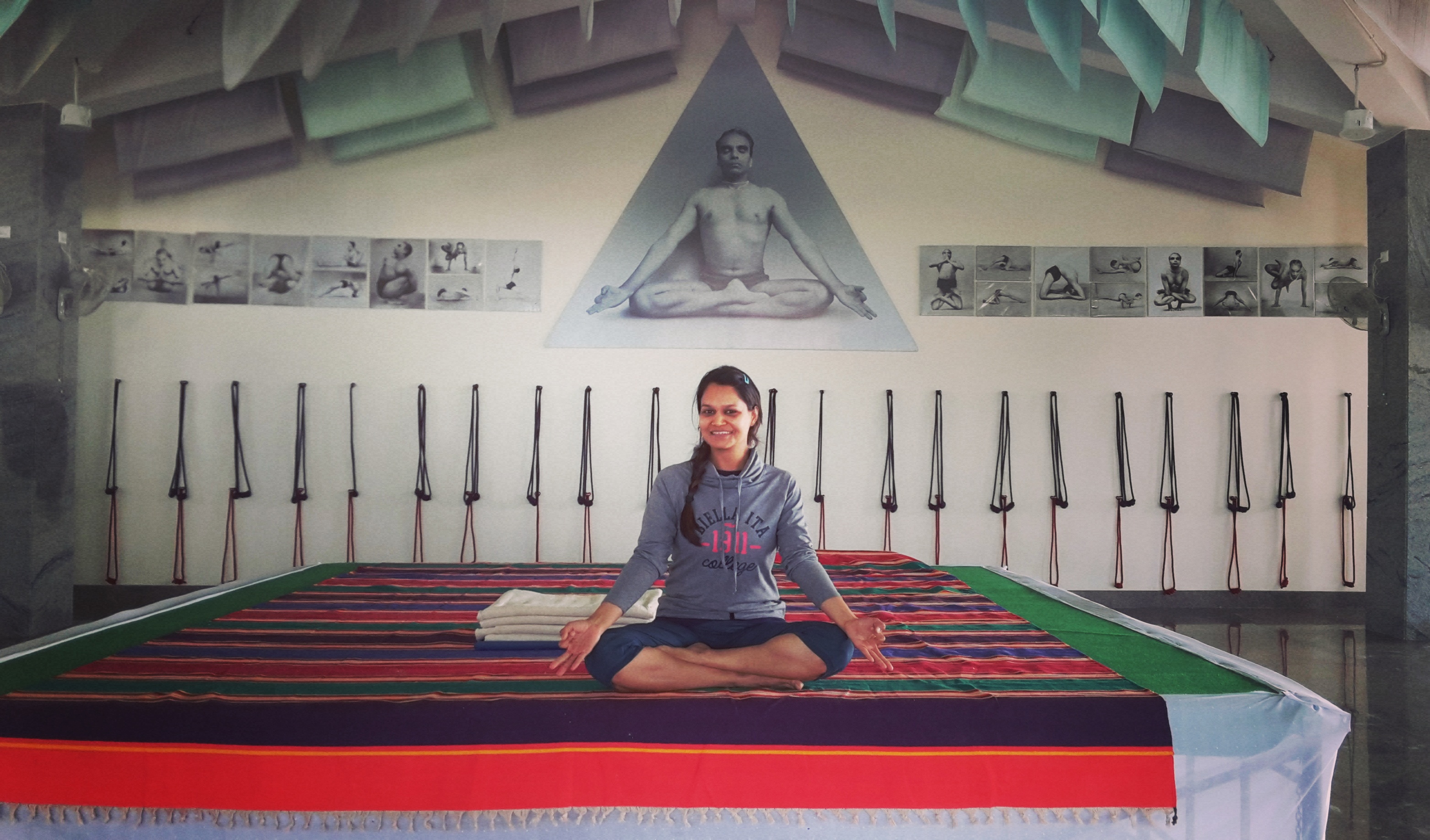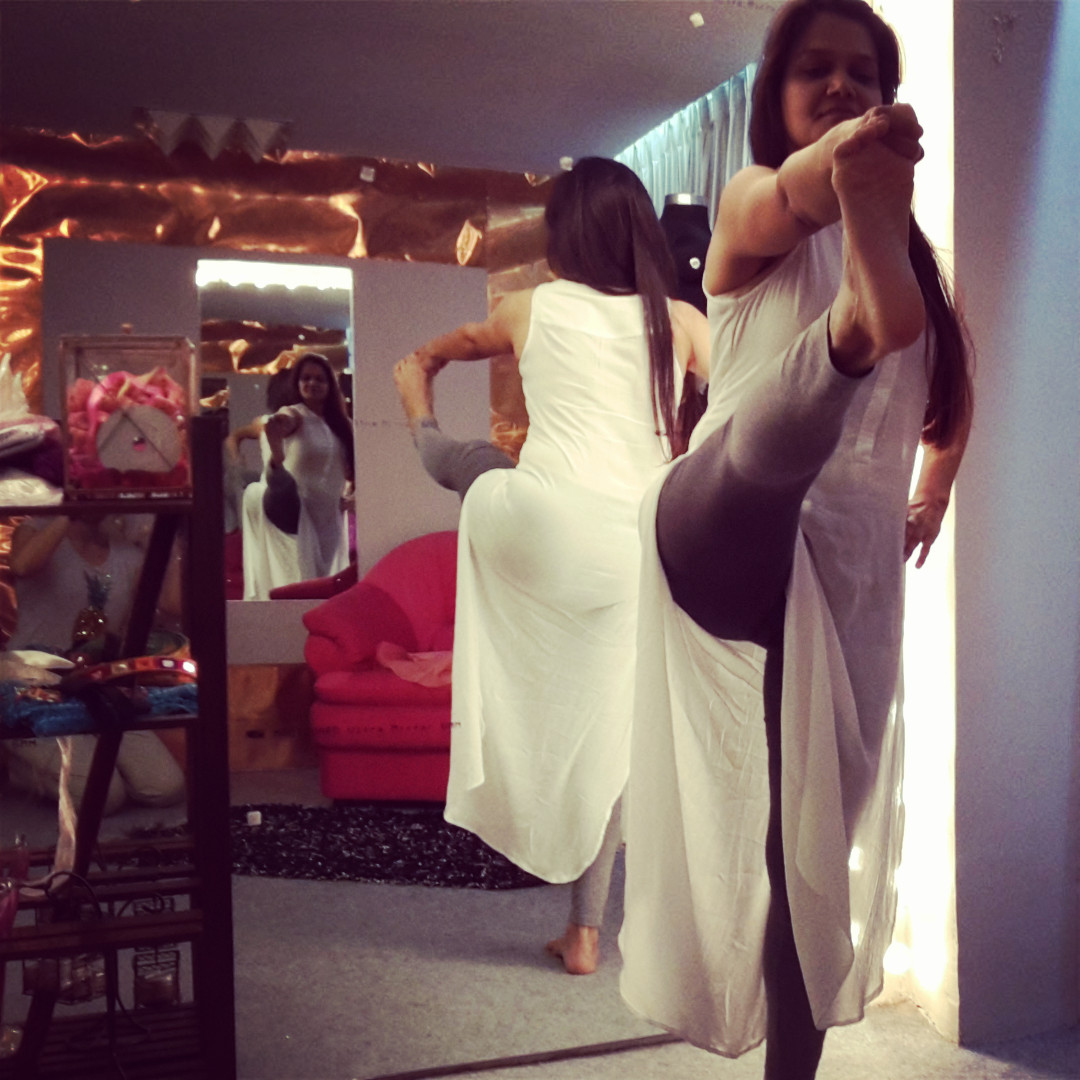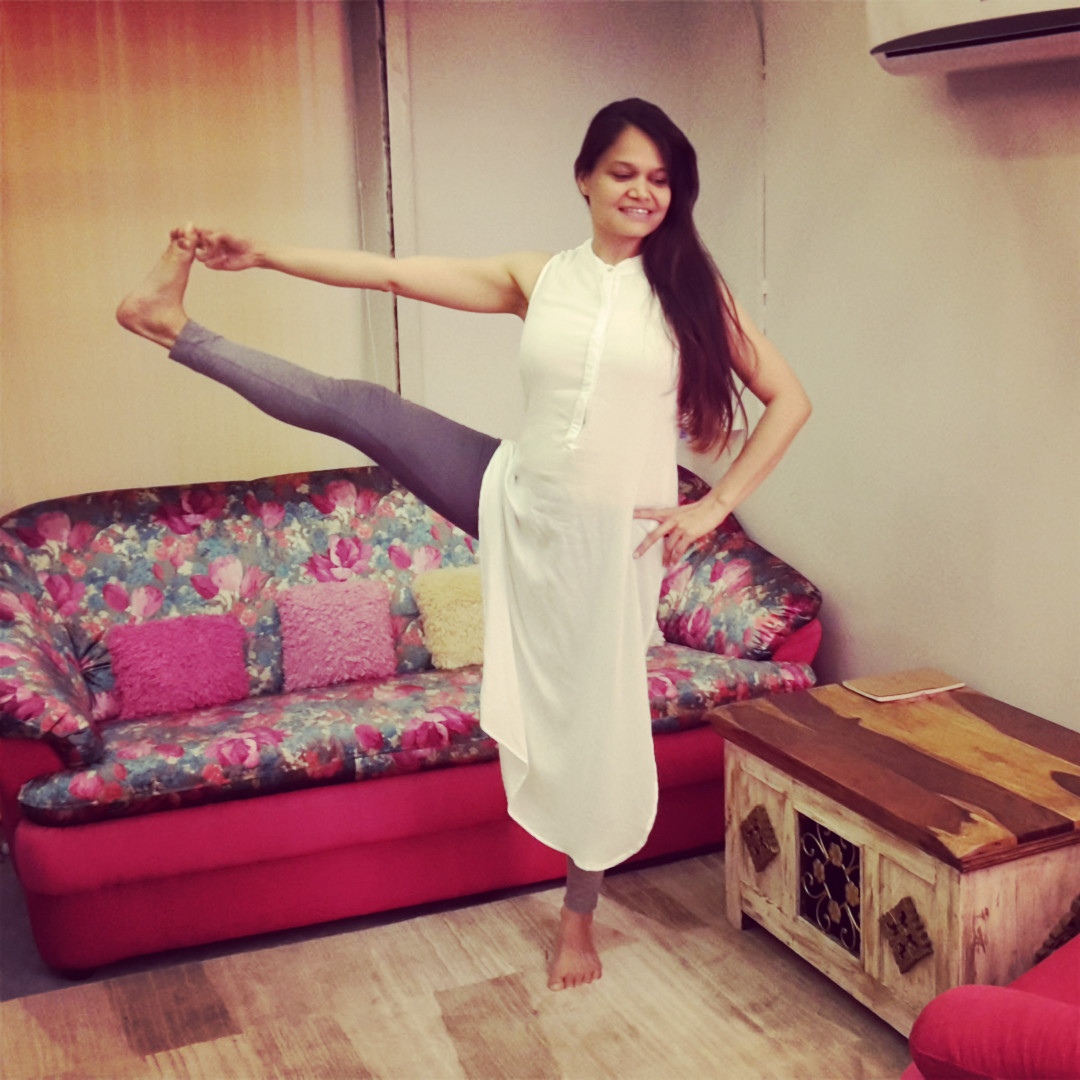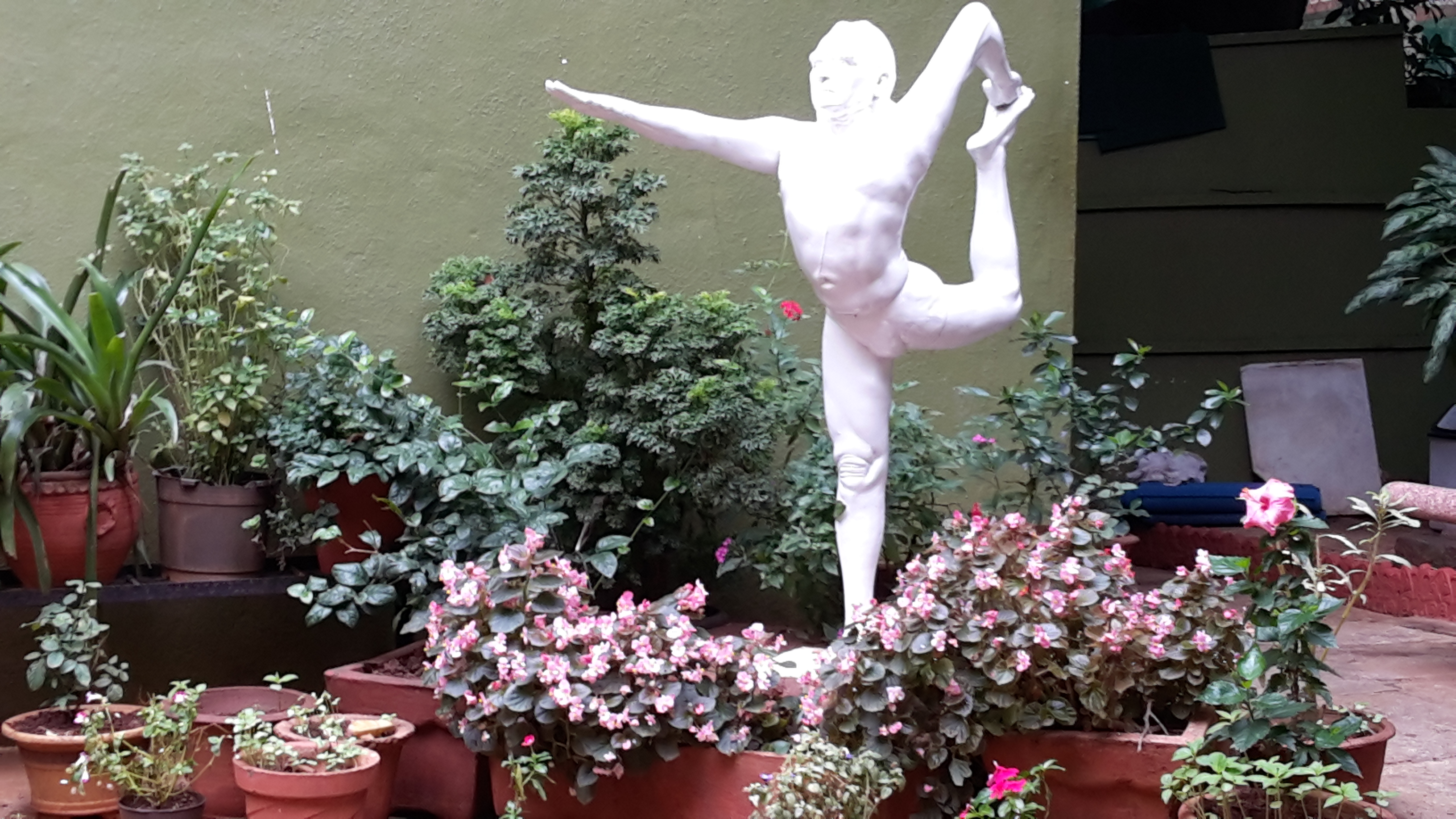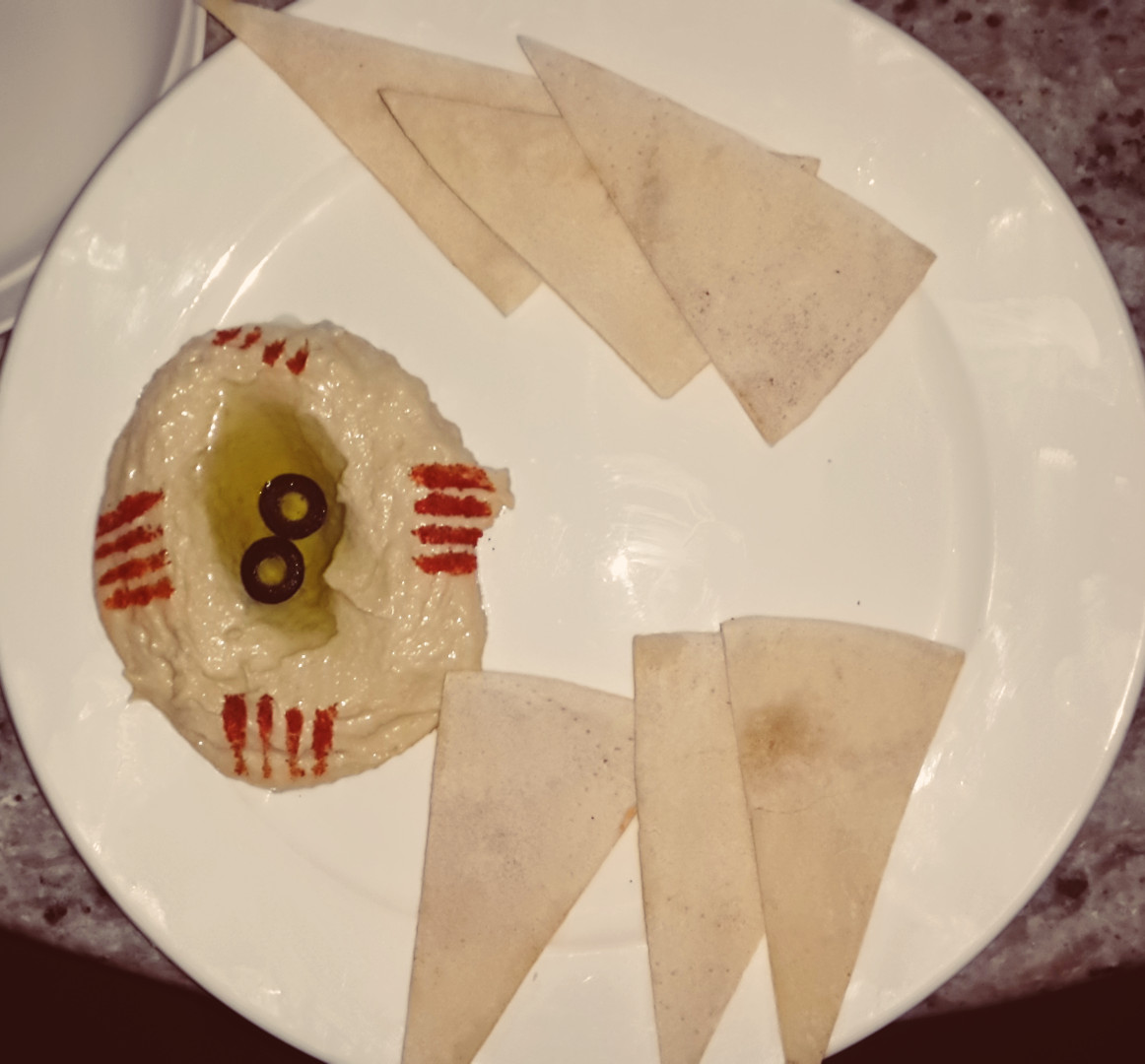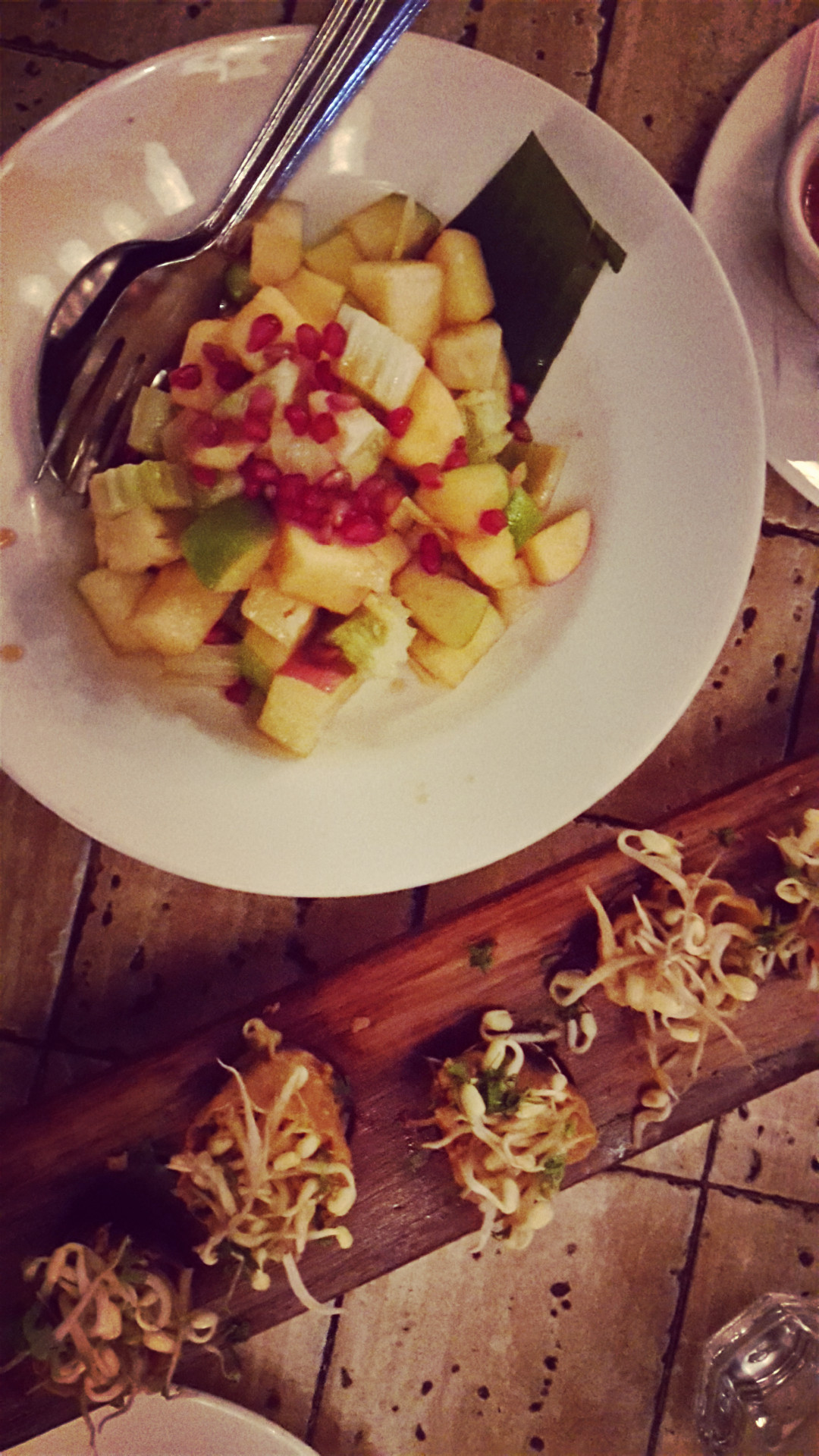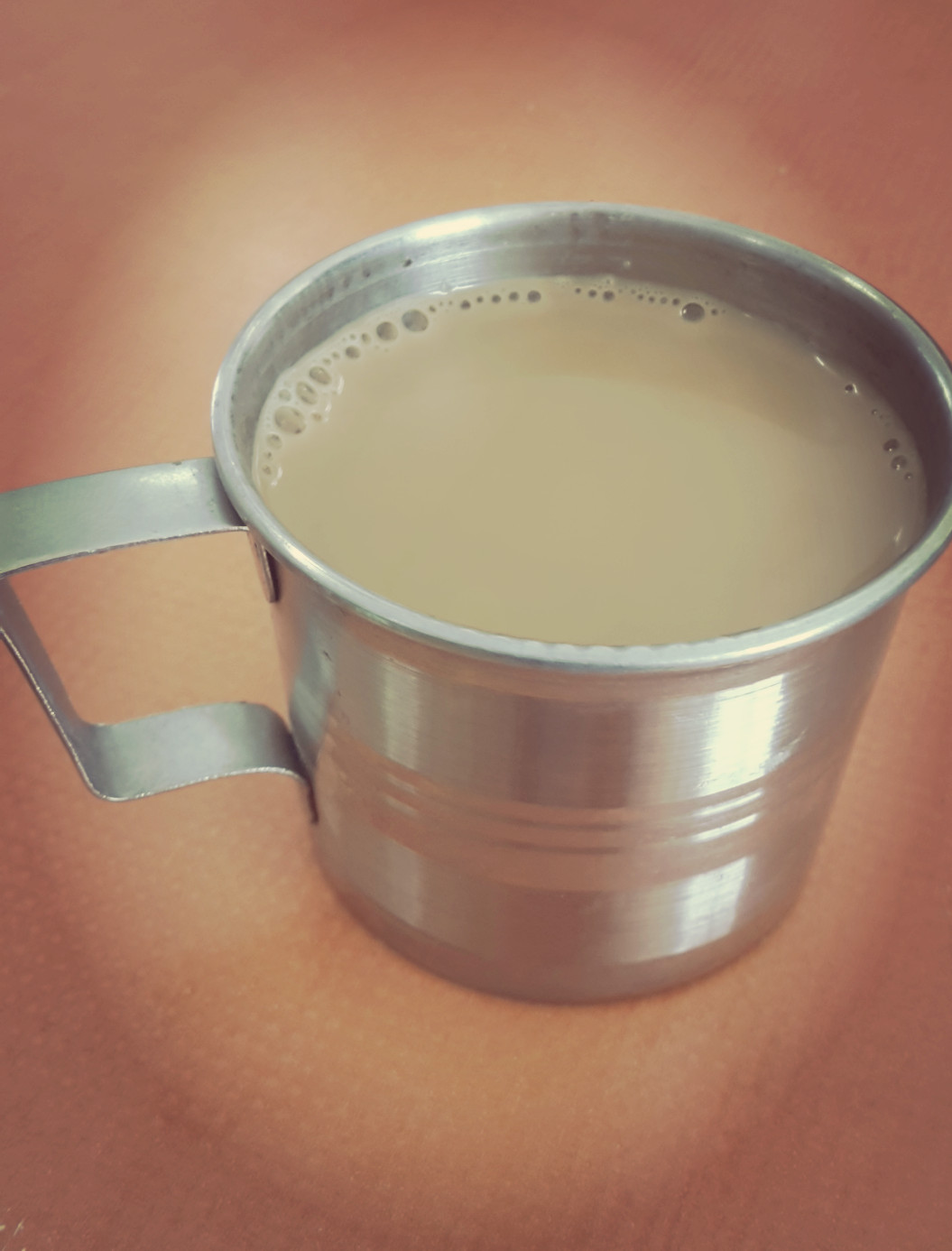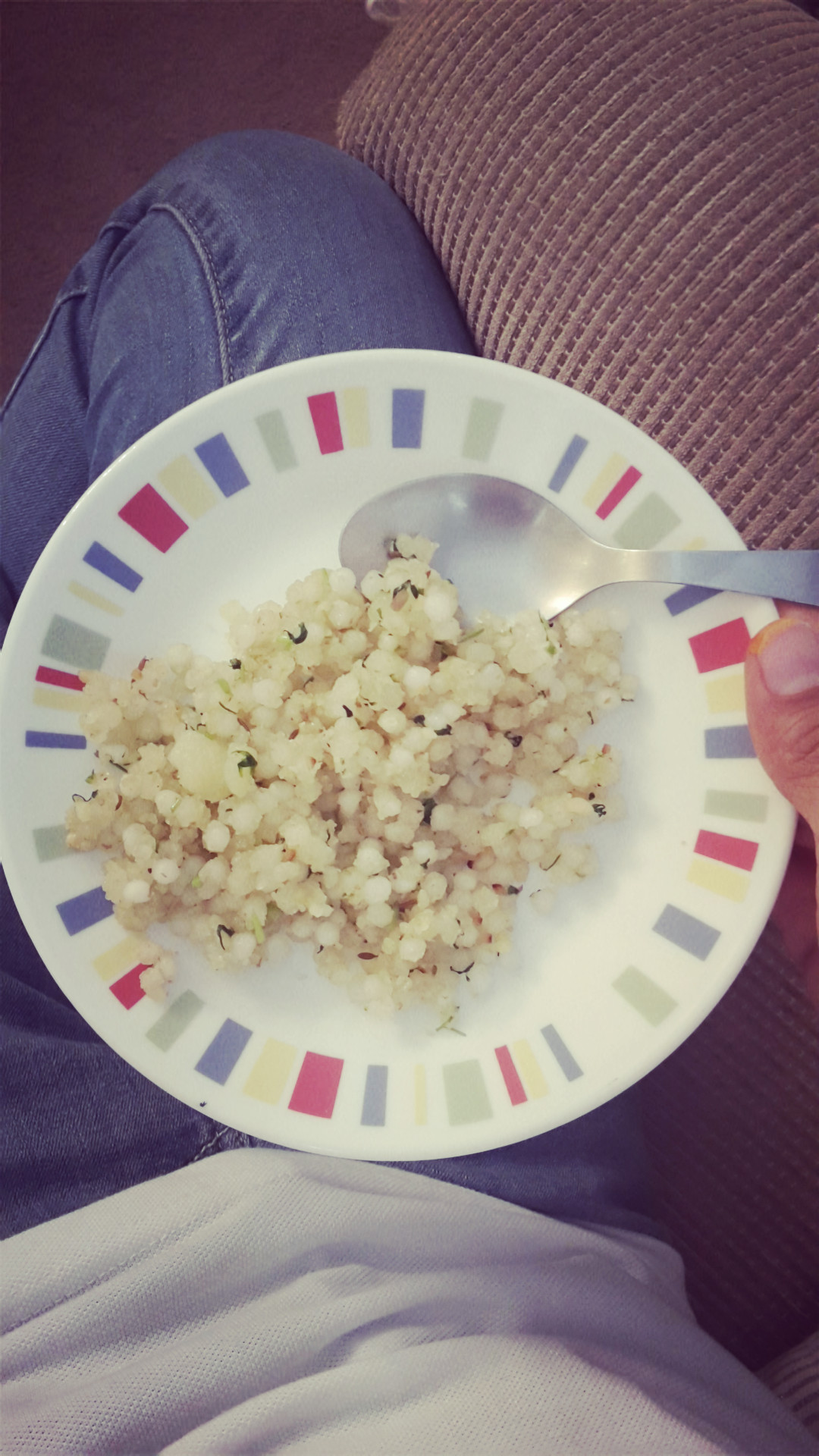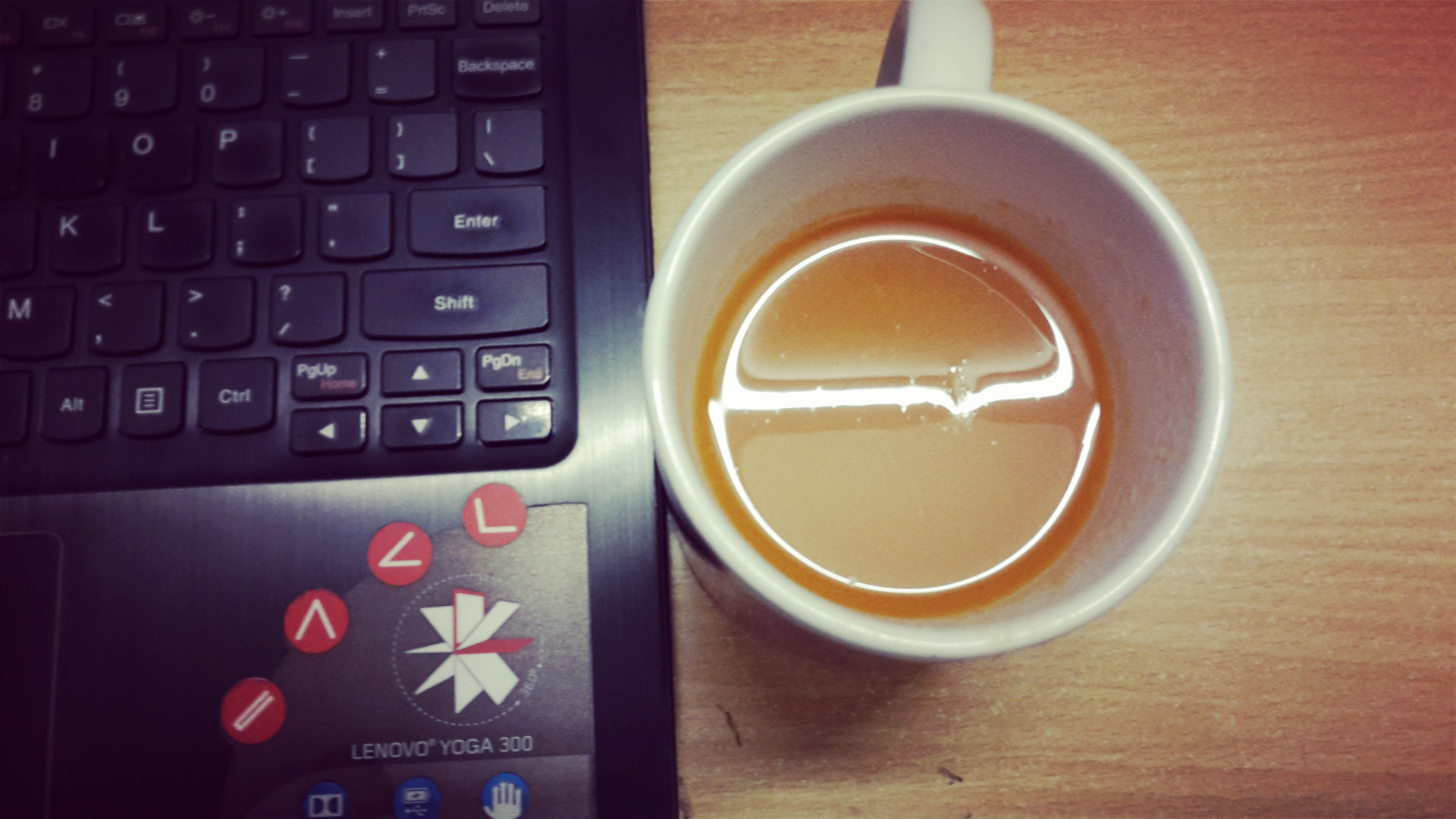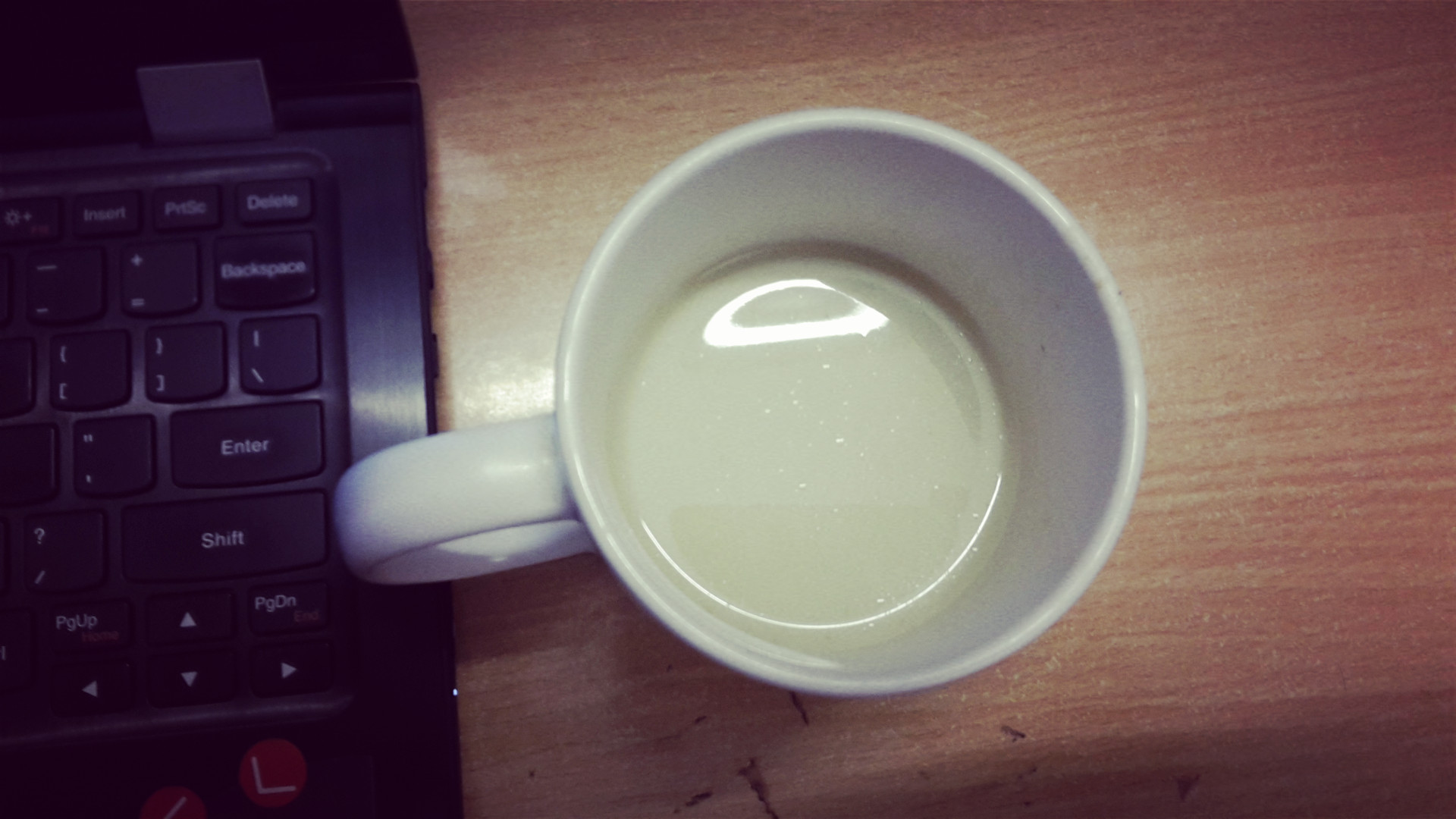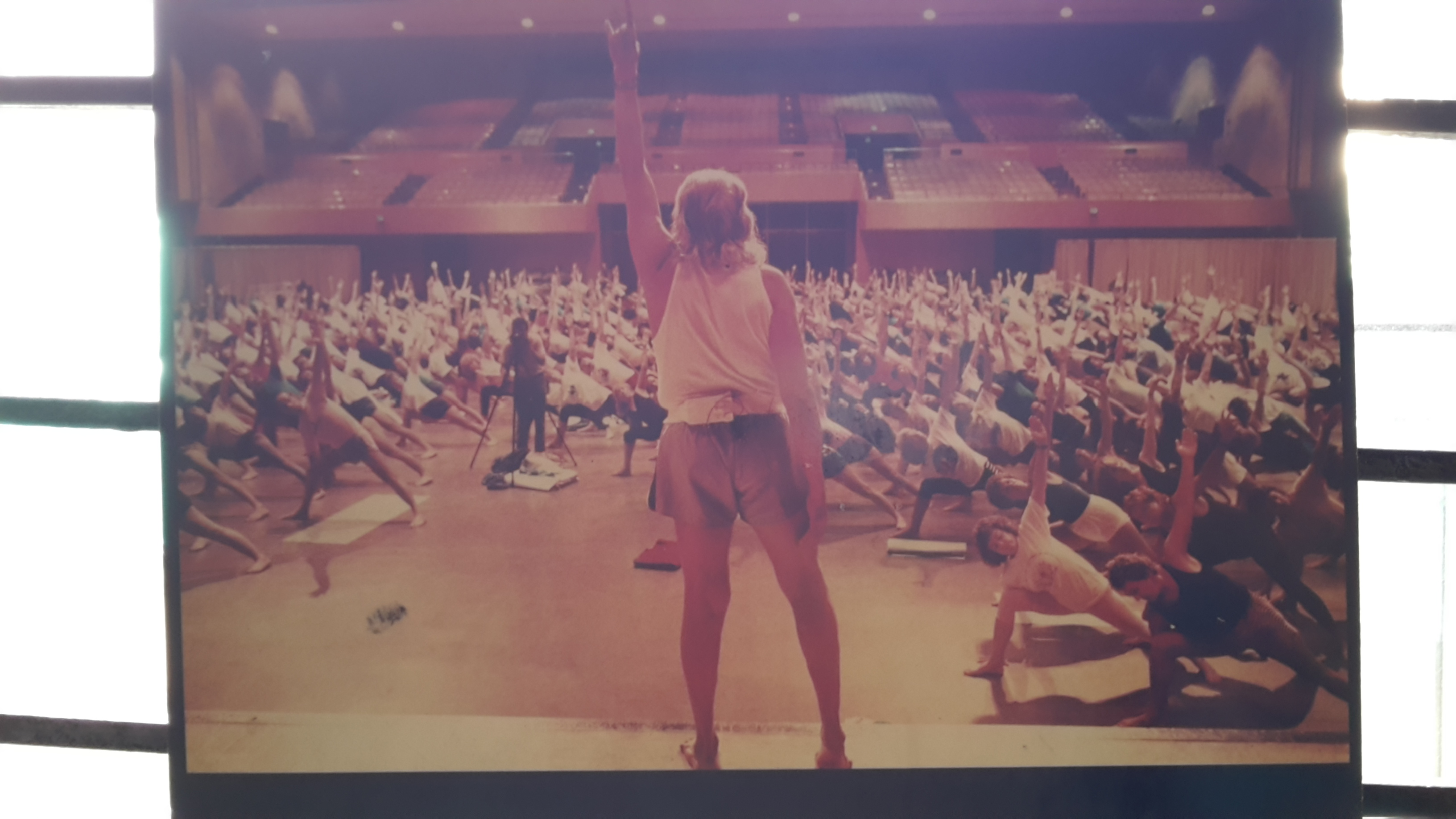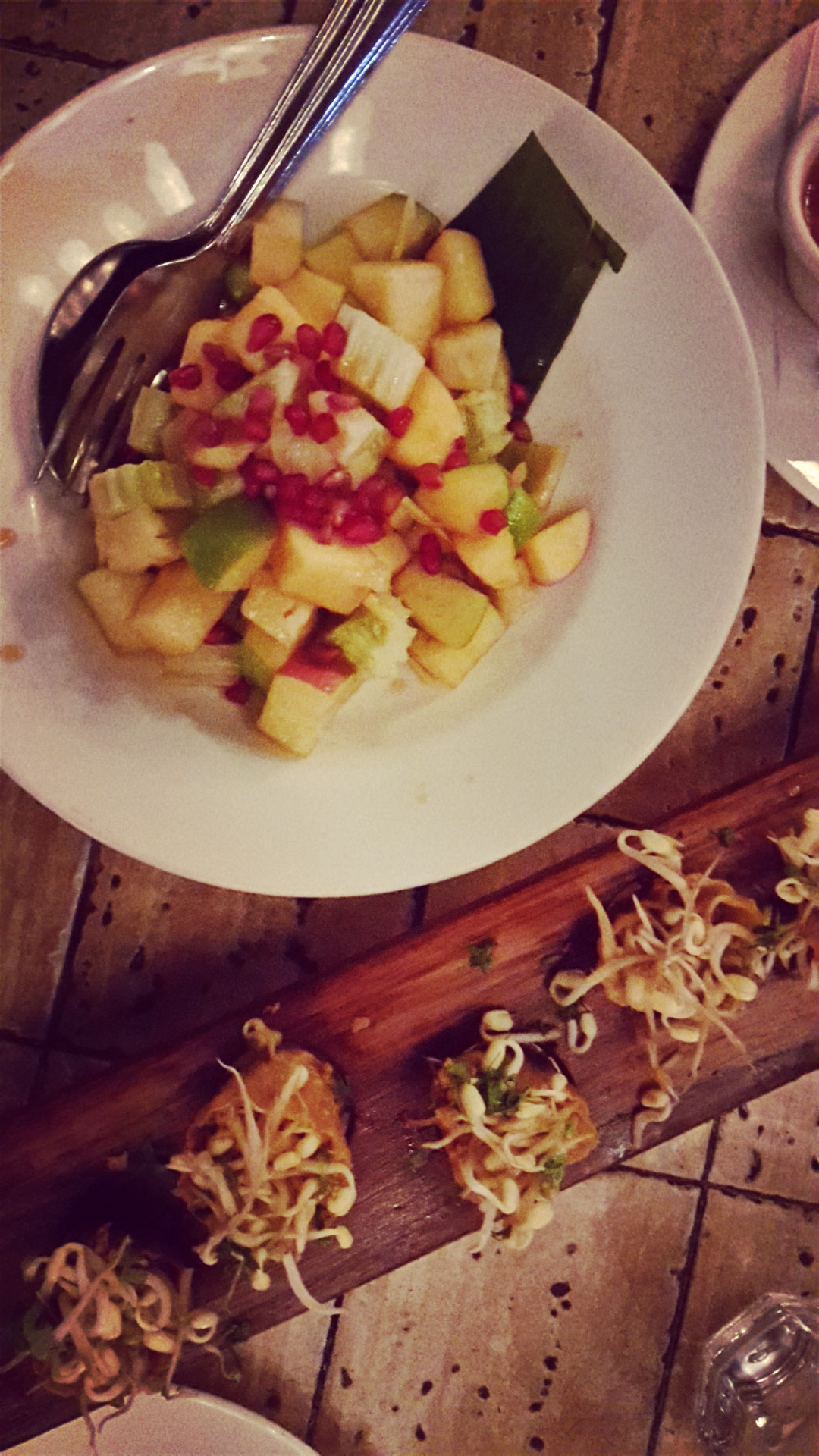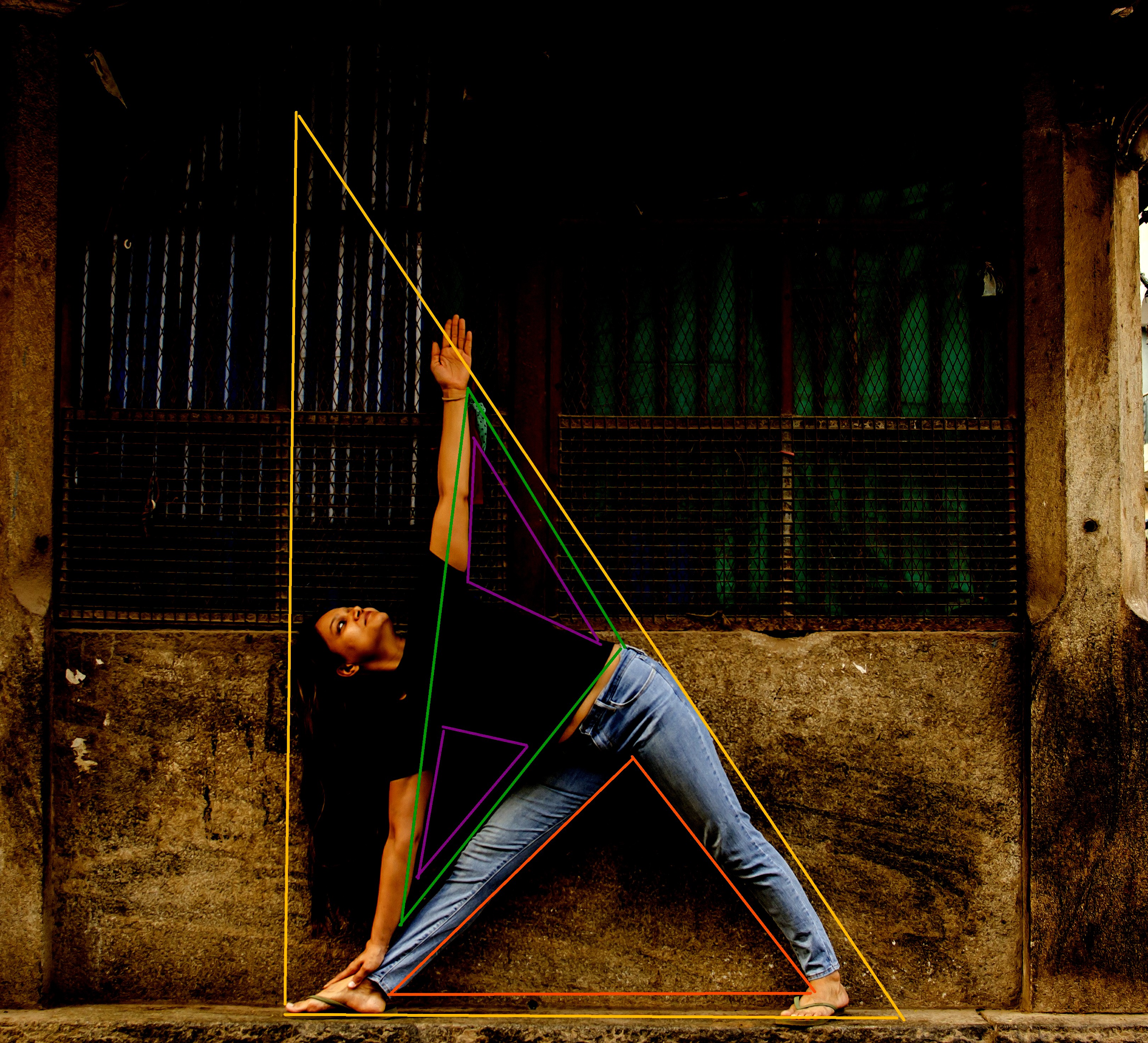
Your body exists in the past and your mind exists in the future. In yoga, they come together in the present. – BKS Iyengar
The other day one of my students mentioned (rightly so) that in my class he spends a lot of time in Adhomukha Svanasana. Other classes he’s attended didn’t repeat asanas as much our class.
Why the repetition?
The thing is, we might be doing the same asana over and over again, but we’re not actually repeating it. Emotionally, physically and mentally, the asana is different every single time we redo it. Each time we execute it, we go deeper. We look at nuances, uncover hidden depths. It’s a new asana every time. In Trikonasana, for instance, I can focus on the alignment of my ankles, or on my shoulder blades, or the rotation of my spine, my drishti, or the alignment of the femur and shin, or even the extension of the metatarsals and soles. To maintain awareness simultaneously on all the factors that build the Trikonasana is hard, and we practice to achieve that. And, if for a moment we attain that state, we meditate upon what it taught us, what we learned.
I frequently come across posts on social media about ‘flipping your perspective’ or ‘get a new perspective’ and usually such posts are usually accompanied by pictures of Sirsasana (headstand) or Adhomukha Vrikshasana (handstand). In an Iyengar yoga class, you will gain new perspective and flip existing ones while doing basic asanas repetitively, constantly, consistently and persistently. To gain new perspective, we don’t really need to look beyond what we already have. Perhaps all we need is to be more attentive.
Take the Trikonasana above for instance. We can always focus on bending to the side and making contact with the toes/foot/ankle/ground. Or we can focus on bringing out the various triangles in the posture more distinctly and intensely.
Your focus will determine the quality and maturity of your practice and your life.
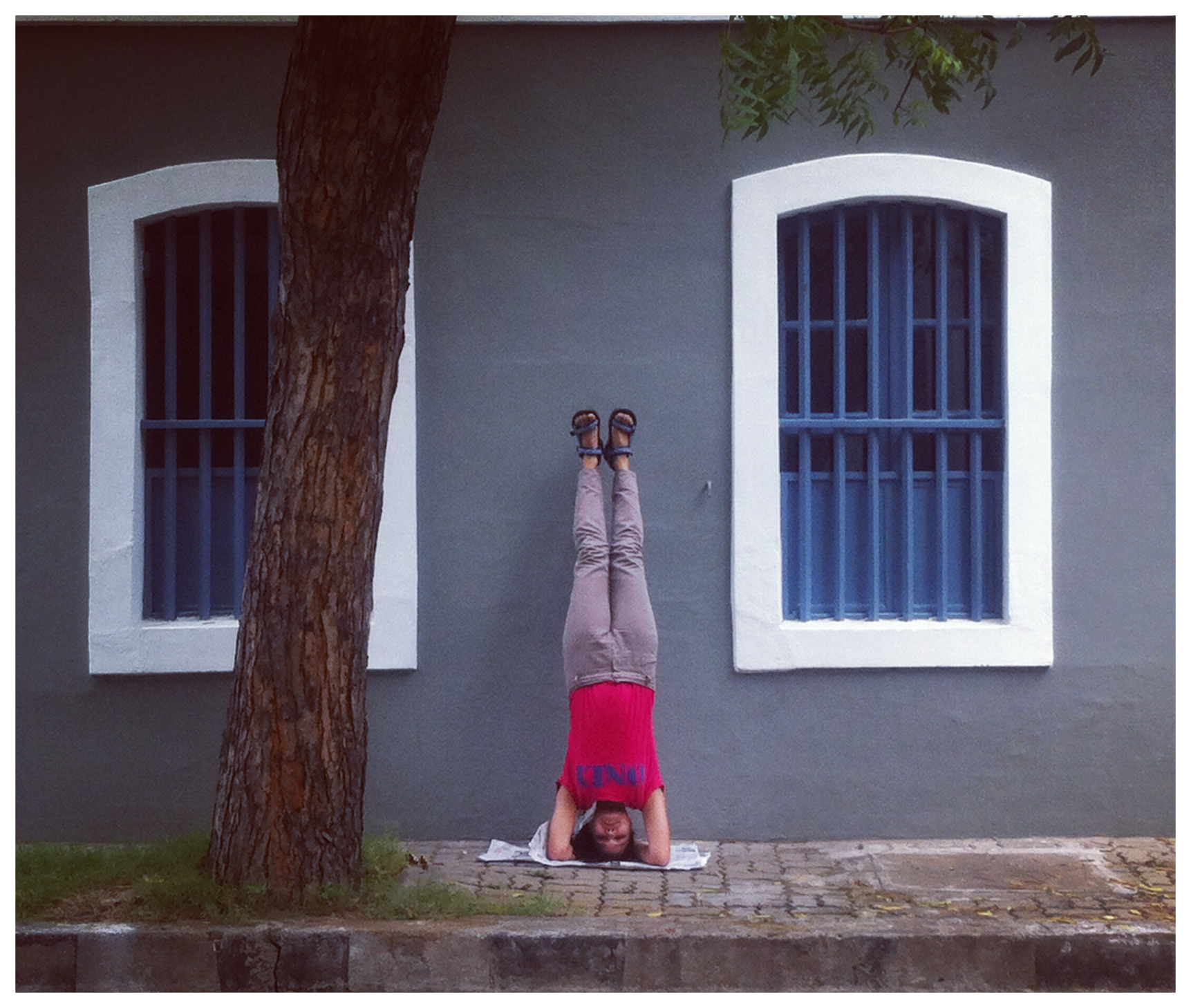
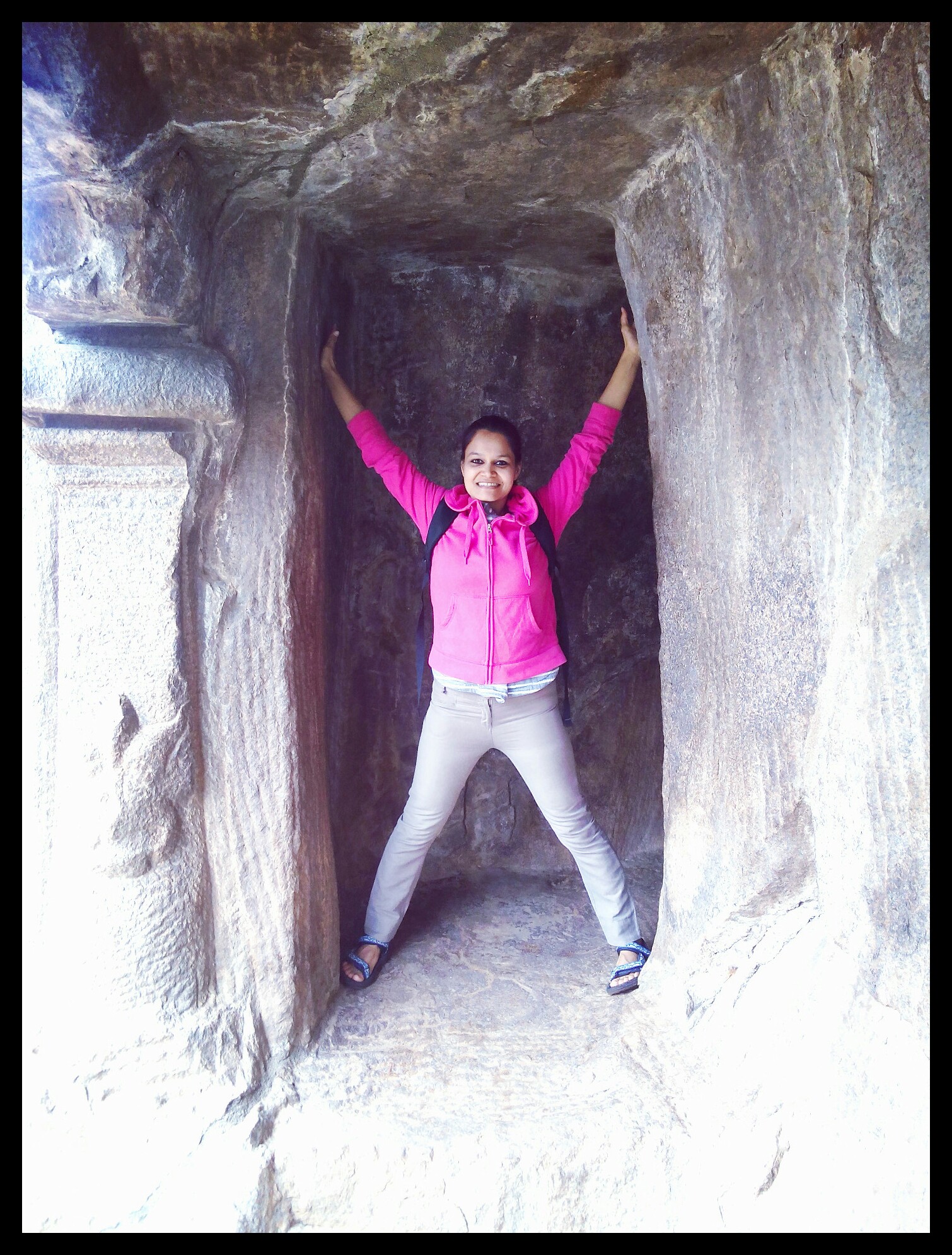
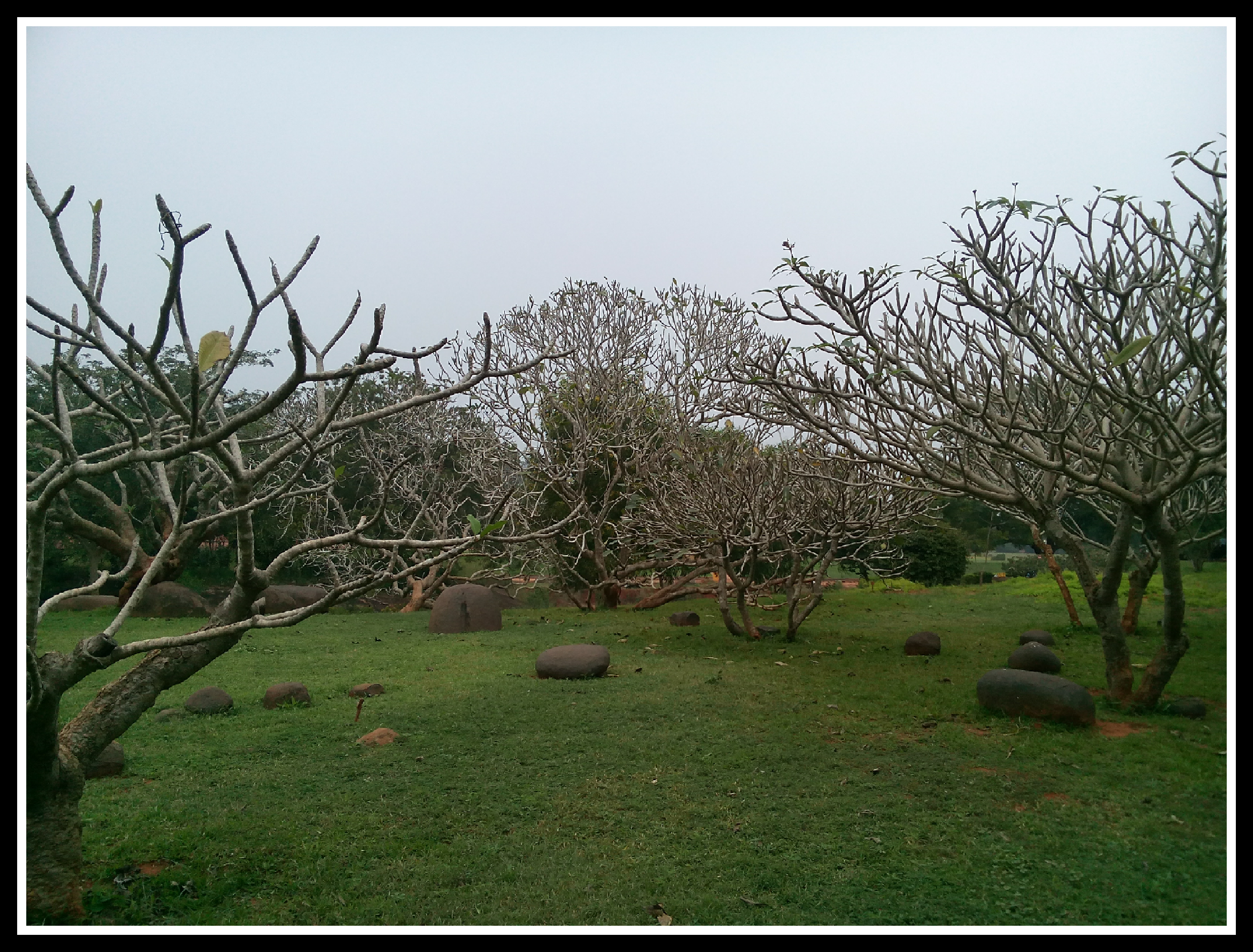
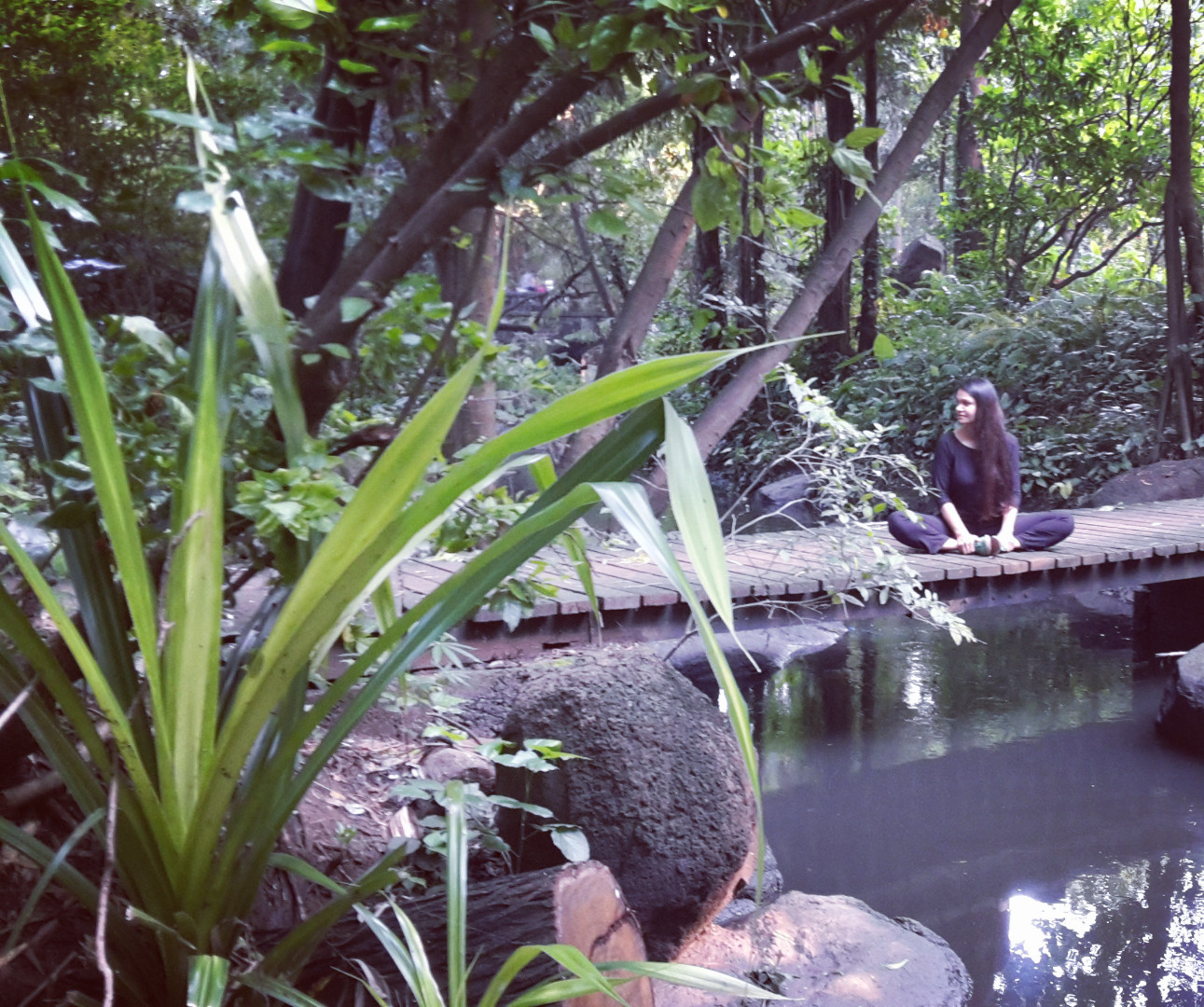
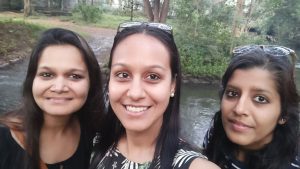
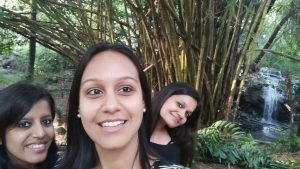
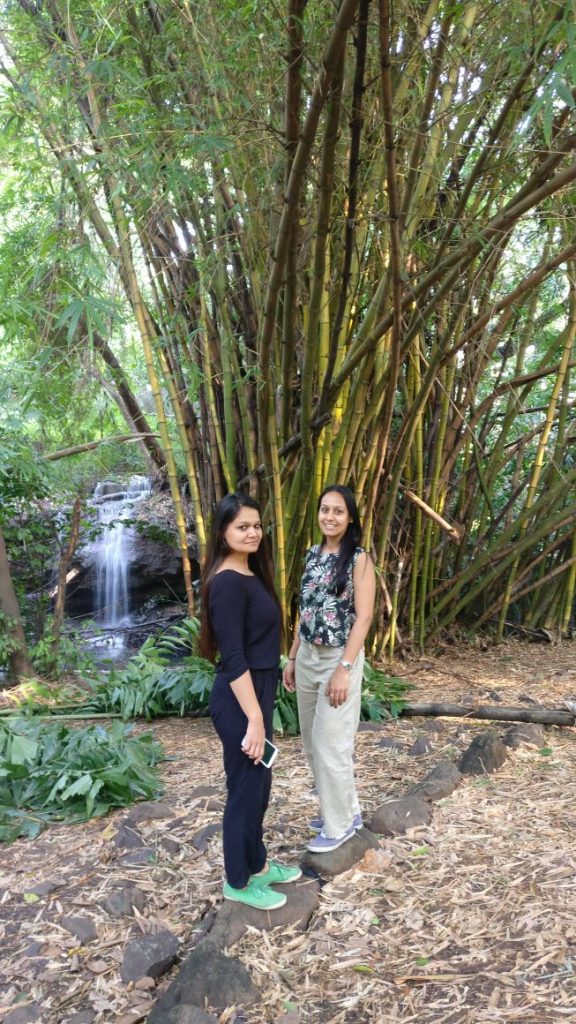
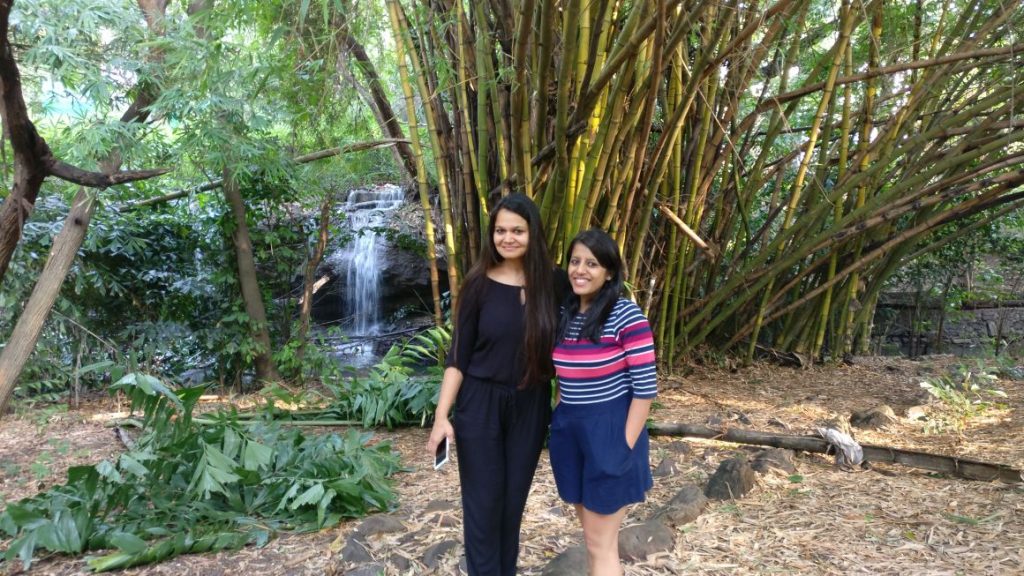
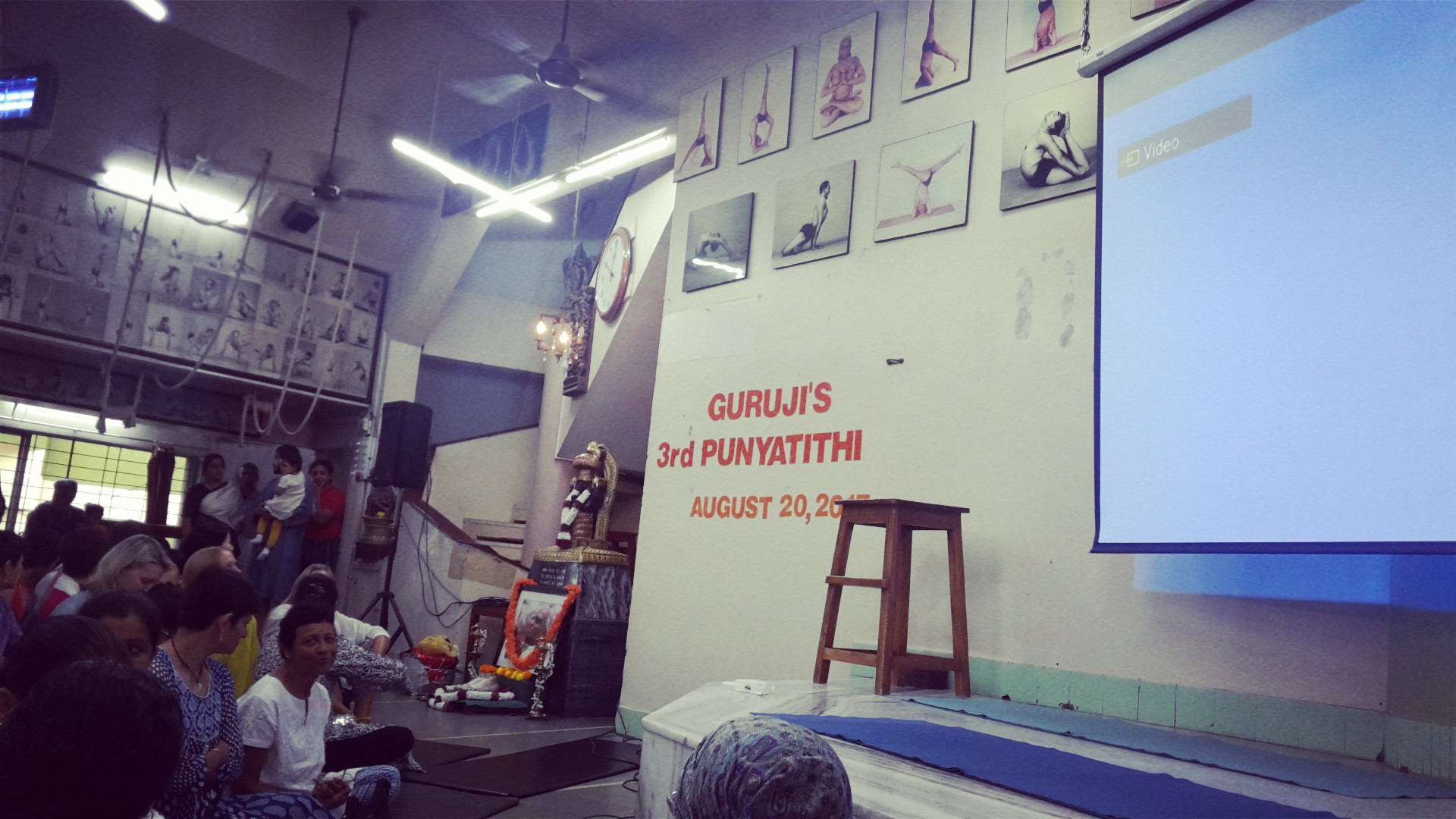
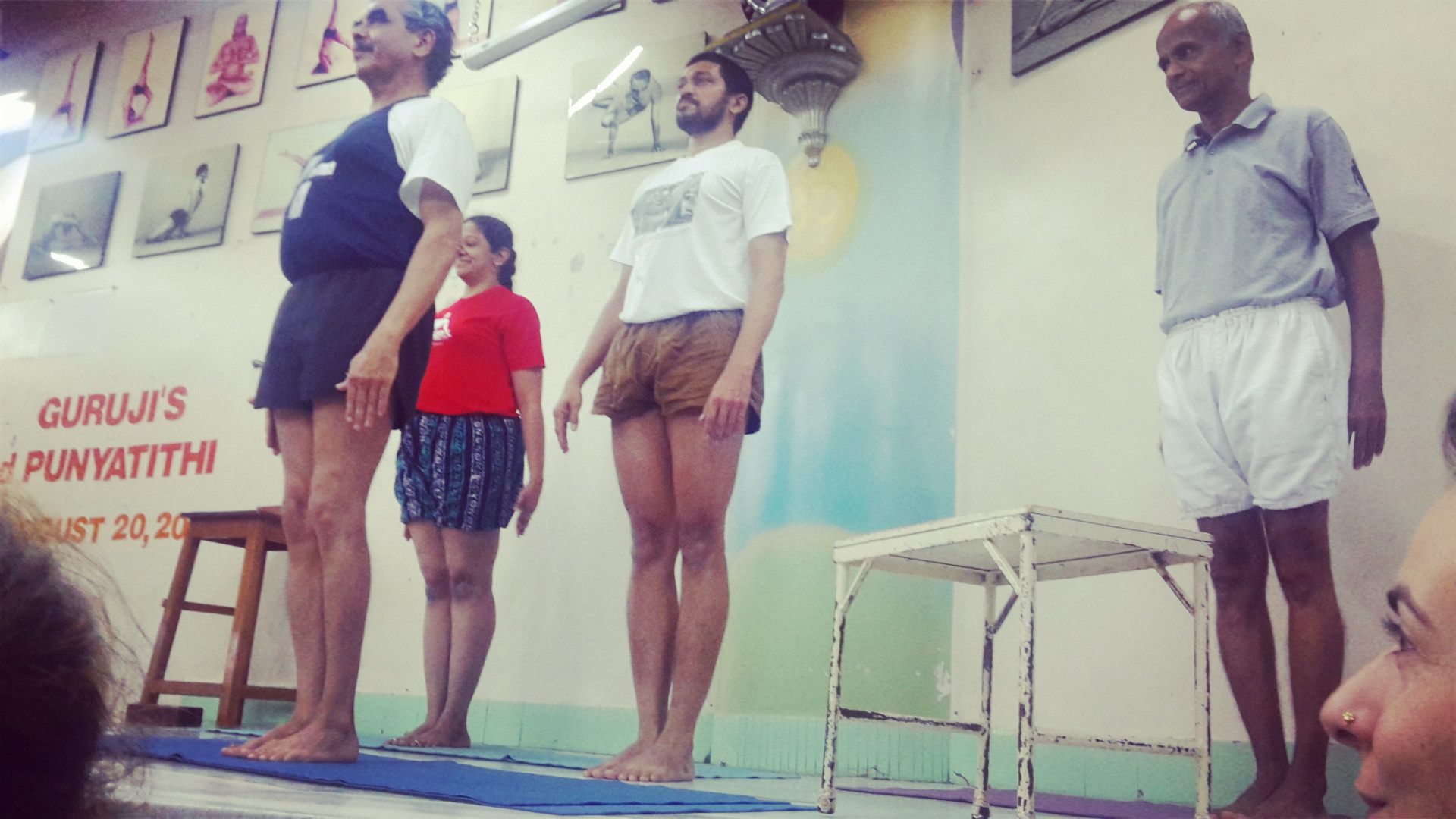
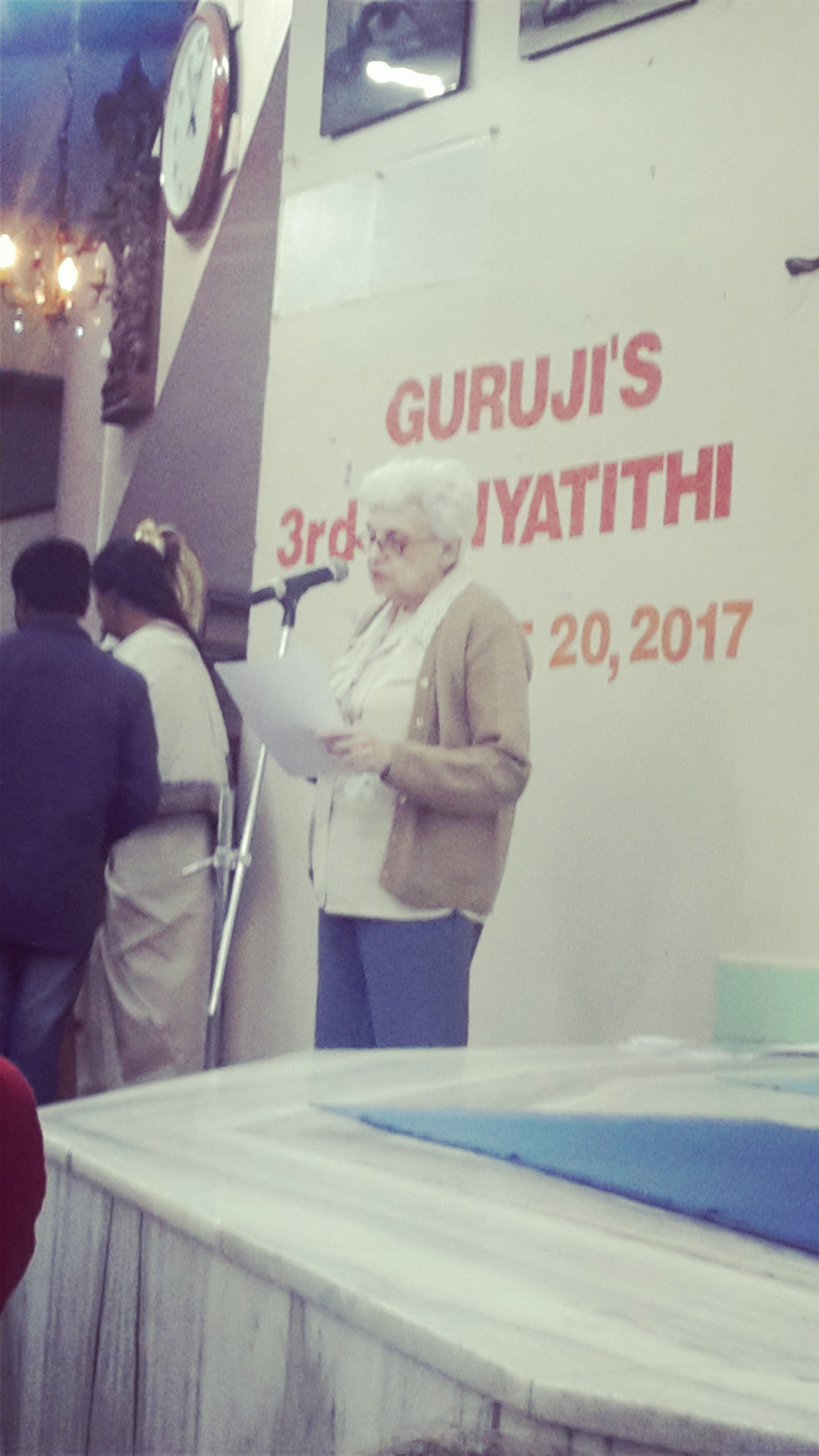

 to the same effect.
to the same effect.
